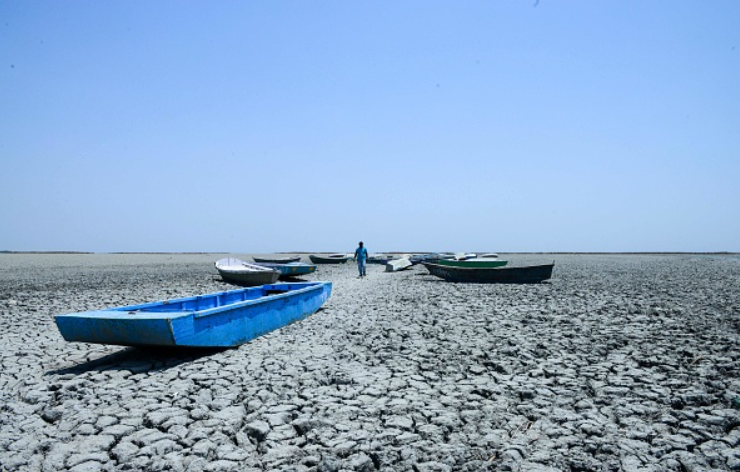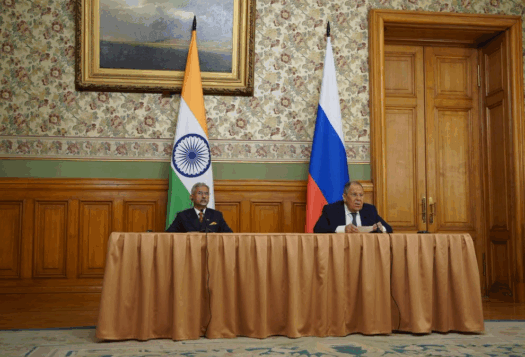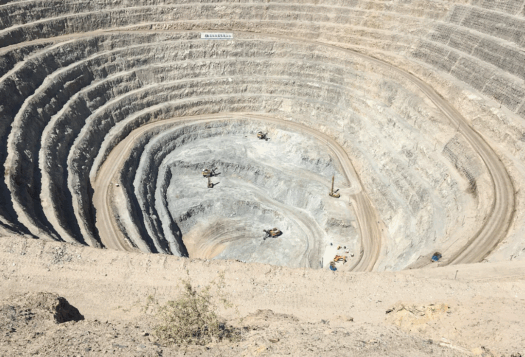
The deadly heatwave in South Asia has wide-ranging implications not only at the local and regional levels, but also at the global level. The record-breaking heatwaves in countries such as India and Pakistan, especially in the months of April and May, are attributable to climate change. Apart from loss of lives, the heatwave has had significant consequences for health security, food security, water security, livelihood security, energy security, and other security sectors in the region.
While countries such as India have been enhancing their preparedness to tackle such heatwaves over the past decade, policy communities and other stakeholders are increasingly becoming constrained by the rate at which climate is changing, with impacts on the frequency and intensity of such extreme events. While the recent heatwave reflects the broader challenges posed by climate change to India, it has also driven its leadership to recalibrate its position on the loss and damage mechanism by demanding more finance to deal with the effects of climate change, as evidenced by its stance at the Bonn Climate Change Conference.
Heatwaves are a Threat to Human Security
In India, the heatwave, coupled with the lack of pre-monsoon rainfall, affected water levels in the rivers. While cities such as Delhi grappled with the paucity of drinking water due to drying up of River Yamuna in many areas, the heatwave exacerbated drought conditions in many parts of the country, especially in rural areas that are already rain-starved. In Pakistan, it is known to have caused “rapid snowmelt” and glacial lake outburst flood (GLOF) in the northern region, while in India, it exacerbated forest fires in many parts of the country, particularly in northern India. These cascading risks posed by climate change have led to damage to infrastructure (houses, bridges, etc.), public health (especially respiratory illnesses), and biodiversity.
While countries such as India have been enhancing their preparedness to tackle such heatwaves over the past decade, policy communities and other stakeholders are increasingly becoming constrained by the rate at which climate is changing, with impacts on the frequency and intensity of such extreme events.
The recent heatwave has hampered agricultural productivity, thereby affecting food security considerably. For instance, Haryana, Punjab, and Uttar Pradesh witnessed a 10-35 percent reduction in wheat yields. Similarly, other crop (rice, pulses, etc.) yields have also reduced. According to the International Food Policy Research Institute’s Global Food Policy Report 2022, climate change may push nearly 90 million people into hunger by 2030 due to decreased agricultural output and food supply disruptions in India.
One of the biggest fallouts of the heatwave was electricity interruptions due to increasingly strained electricity infrastructures owing to a surge in consumption, particularly on account of increased demand for cooling. Since coal continues to dominate India’s electricity sector, a short supply of this fossil fuel during the heatwave added to the country’s woes. According to a LocalCircles survey, three in five households experienced power outages during the heatwave, leading to further suffering for many sections of the population. Such power shortages are likely to worsen in the future, with recurring heatwaves, a growing demand for air conditioning, and a crumbling electricity sector that is in need of a major overhaul.
Climate change-related extreme weather events, including heatwaves, influence mobility patterns as well. For instance, as heatwaves affect water availability and access, electricity supply, and agricultural productivity in rural areas, they affect not only the food supply chains, but also livelihoods of those employed by the agricultural sector. This forces them to migrate to other areas, primarily cities, in search of alternative employment opportunities. Similarly, heatwaves affect labor productivity as many outdoor workers (such as in the construction sector) are directly exposed to these soaring temperatures, thereby also damaging their physical health. What is more worrying is the rising wet bulb temperatures (heat and humidity), which are making living conditions not just uncomfortable, but unbearable and unlivable during heatwaves in many parts of the country.
Geopolitical Implications of the Heatwave
Although the South Asian heatwave did not contribute much to the ongoing global food crisis, it played a small part nevertheless. Although India initially agreed to boost global wheat supplies hit by the Russia-Ukraine crisis, it imposed a ban on wheat exports afterwards to manage its own food security scenario. The reduced wheat crop yields in the country in particular prompted the Indian Government to abandon its previous offer.
India’s climate action is also impeded due to renewed focus on increased coal production domestically and coal imports (including from Russia) to deal with the energy crisis in the country. Despite augmented investments in renewable energy and other low-carbon energy sources, such heatwaves and recurring power crisis episodes could inevitably erode these gains by pushing the country towards cheaper fossil fuel options, such as coal and oil. Furthermore, the electricity demand will likely grow further as the country boosts the post-COVID-19 economic recovery. Hence, adapting to heatwaves conflicts with the country’s ambitious mitigation goals. It is also interwoven with the current geopolitical realignments, in light of the Russia-Ukraine crisis and consequent sanctions imposed on Russia (specifically related to Russian fossil fuels) by the West.

The costs of adapting to such heatwaves and other extreme weather events have only risen over the past few years. In 2020, India incurred losses amounting to USD $87 billion because of climate-related disasters, according to a World Meteorological Organization report. This implies that India would need more finances for not only mitigation, but also adaptation in a more climate-friendly manner. From merely supporting the demands put forth by the other developing countries, especially small island developing countries (SIDS) and least developed countries (LDCs), on loss and damage, India’s position has evolved in recent years. The heatwave in particular has reignited this debate. In the recent Bonn negotiations, loss and damage took the center-stage and India was among the countries that vociferously asserted that the industrialized countries must provide loss and damage finance to the most affected countries.
Tackling Extreme Heat in the Coming Years
India’s National Disaster Management Authority developed a framework for action plans to combat heatwaves, which brings together state-level disaster response agencies and local governments to promote preparedness through awareness, early warming, interagency coordination, cooling strategies, etc. After experiencing a disastrous heatwave in 2010, Ahmedabad became the first South Asian city to implement a Heat Action Plan in 2013. This strategy has since then been emulated in 23 heatwave-prone states, covering 130 cities and districts. Even though India has taken these steps that have reduced fatalities due to heatwaves substantially, it will be a challenge for the governments at different levels to continuously monitor, review, and upgrade their responses as these events become more frequent and intensify in the future.
The most marginalized communities in both rural and urban areas suffer the most from extreme heat as they lack access to cooling facilities, proper shelter, and adequate water. With reduced working hours and lost wages (and no option but to work outdoors), their survival becomes precarious. Therefore, it becomes imperative for every heat action plan to consider these differentiated vulnerabilities. In addition, the issue of “development deficit” or as some experts call it “post-colonial development deficits,” cannot be ignored in the planning and implementation.
The most marginalized communities in both rural and urban areas suffer the most from extreme heat as they lack access to cooling facilities, proper shelter, and adequate water.
While adaptation and resilience-building is key to coping with heatwaves, mitigation needs to be prioritized to avoid further damages in the future. For this, it is not only up to countries such as India and Pakistan to reduce their greenhouse gas (GHG) emissions; the onus lies on industrialized countries to reduce their emissions drastically and urgently. The heatwaves are not created in South Asia; it is a global phenomenon that requires a strong global response, led by the industrialized countries. Unfortunately, the Bonn negotiations mostly skirted issues related to equity and finance.
At the regional level, one could argue that this gives an opportunity for cooperation on designing and implementing heat action plans, as no country in South Asia is spared from the heatwaves. Developing solutions through regional cooperation could also help strengthen regional climate action under regional organizations such as South Asian Association for Regional Cooperation (SAARC) and Bay of Bengal Initiative for Multi-Sectoral Technical and Economic Cooperation (BIMSTEC).
The heatwave in South Asia point towards the systemic nature of risks posed by climate change, as climate-induced disasters are intertwined with so many other vulnerabilities. The heatwave combines with inflation, food price hike, energy crisis, pandemic, unemployment, political turmoil (as in the cases of Sri Lanka and Pakistan), and several other risks to exacerbate the existing vulnerabilities. The interconnected nature of risks that are not confined to political boundaries further reinforce the need for urgent climate action globally.
***
Image 1: World Meteorological Org via Flickr
Image 2: SAM PANTHAKY/AFP via Getty Images


